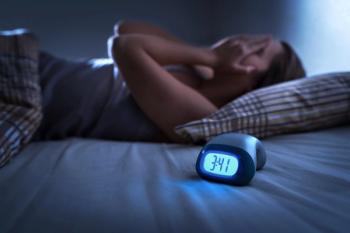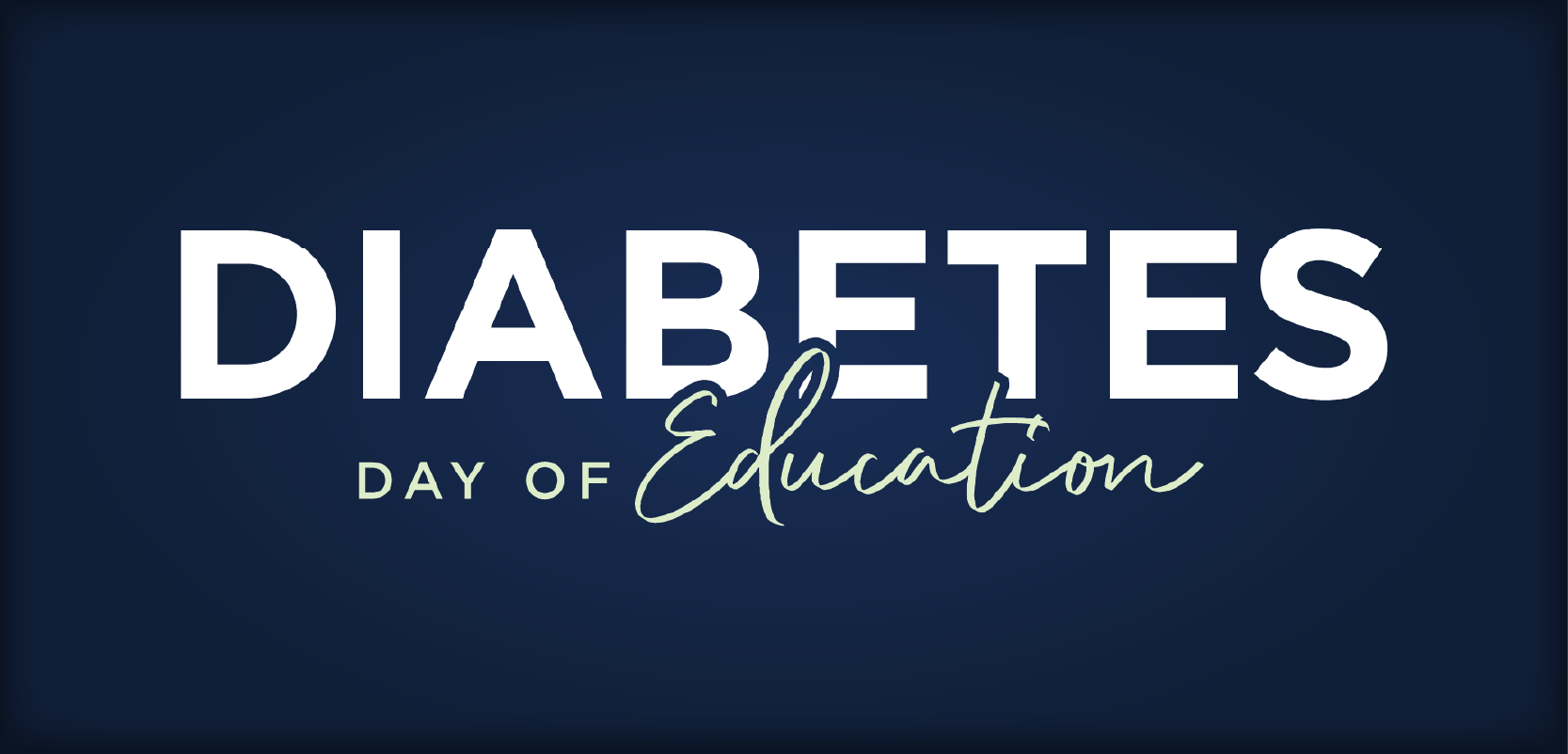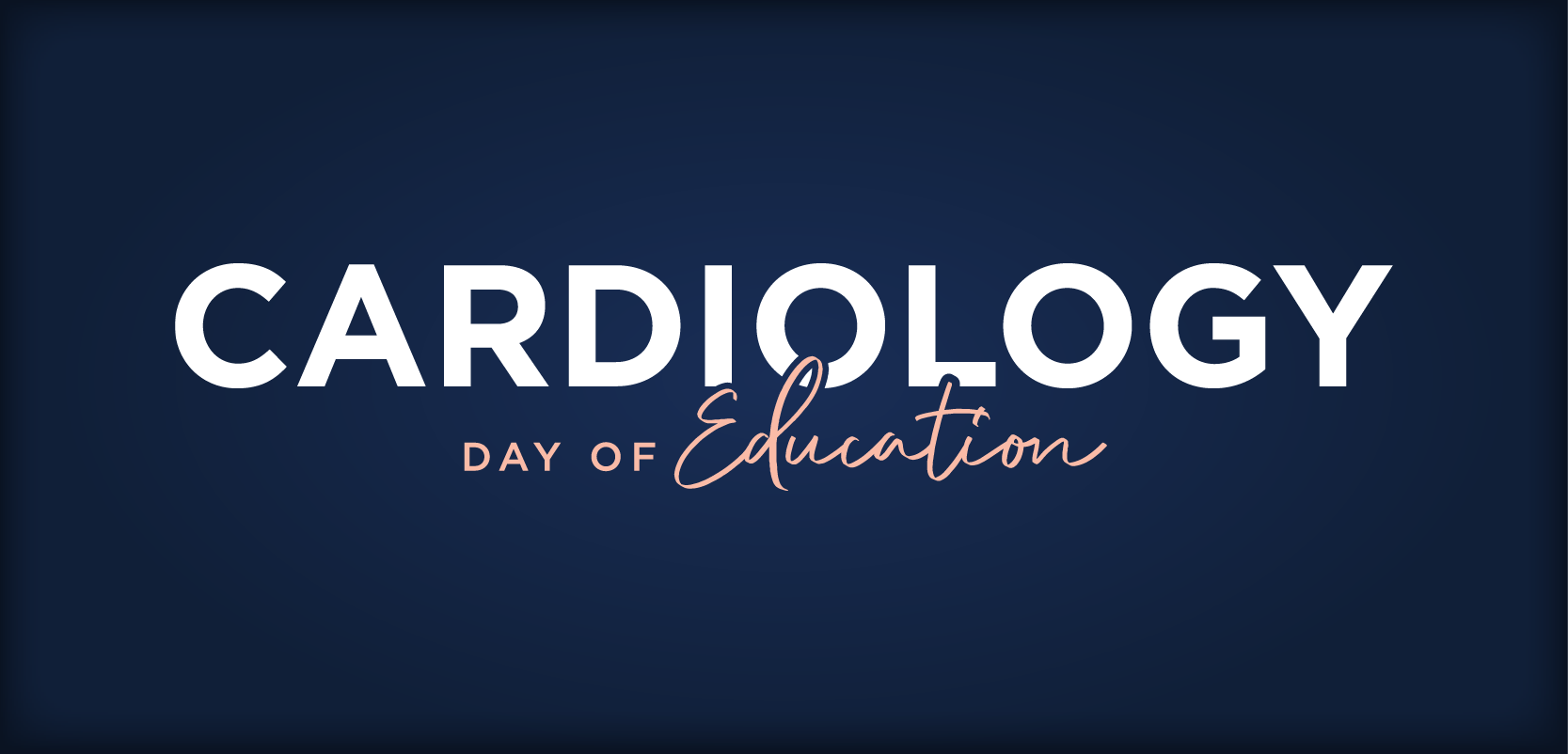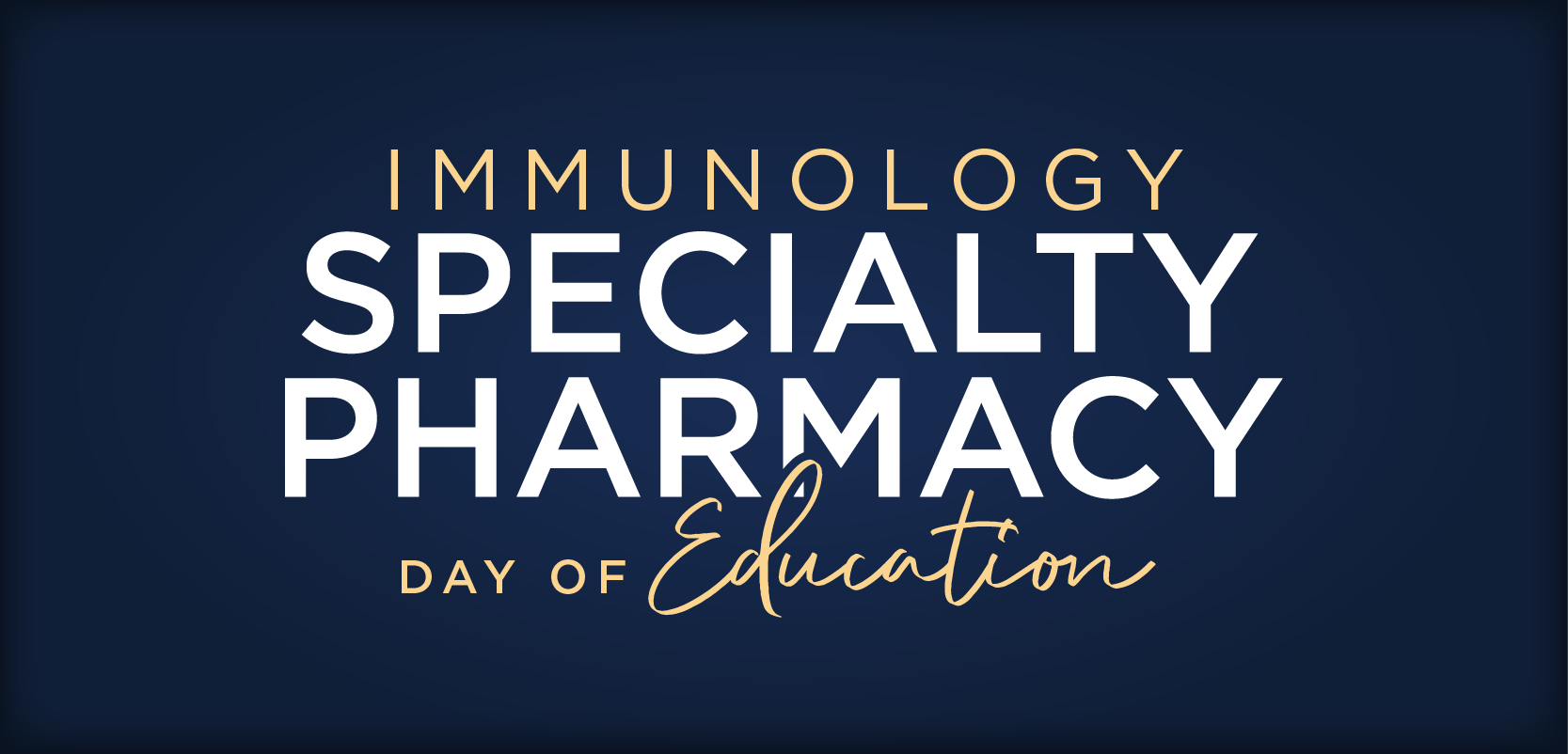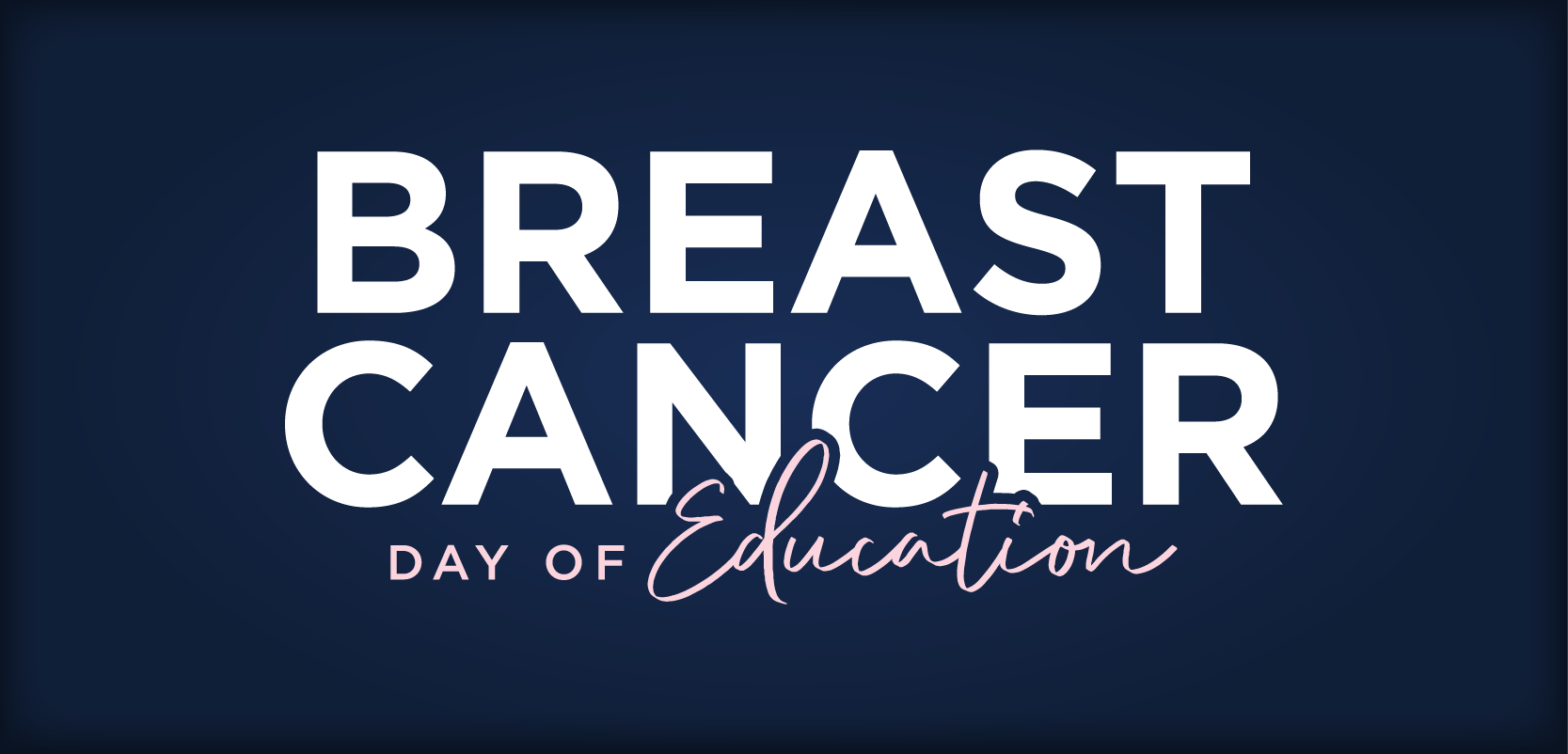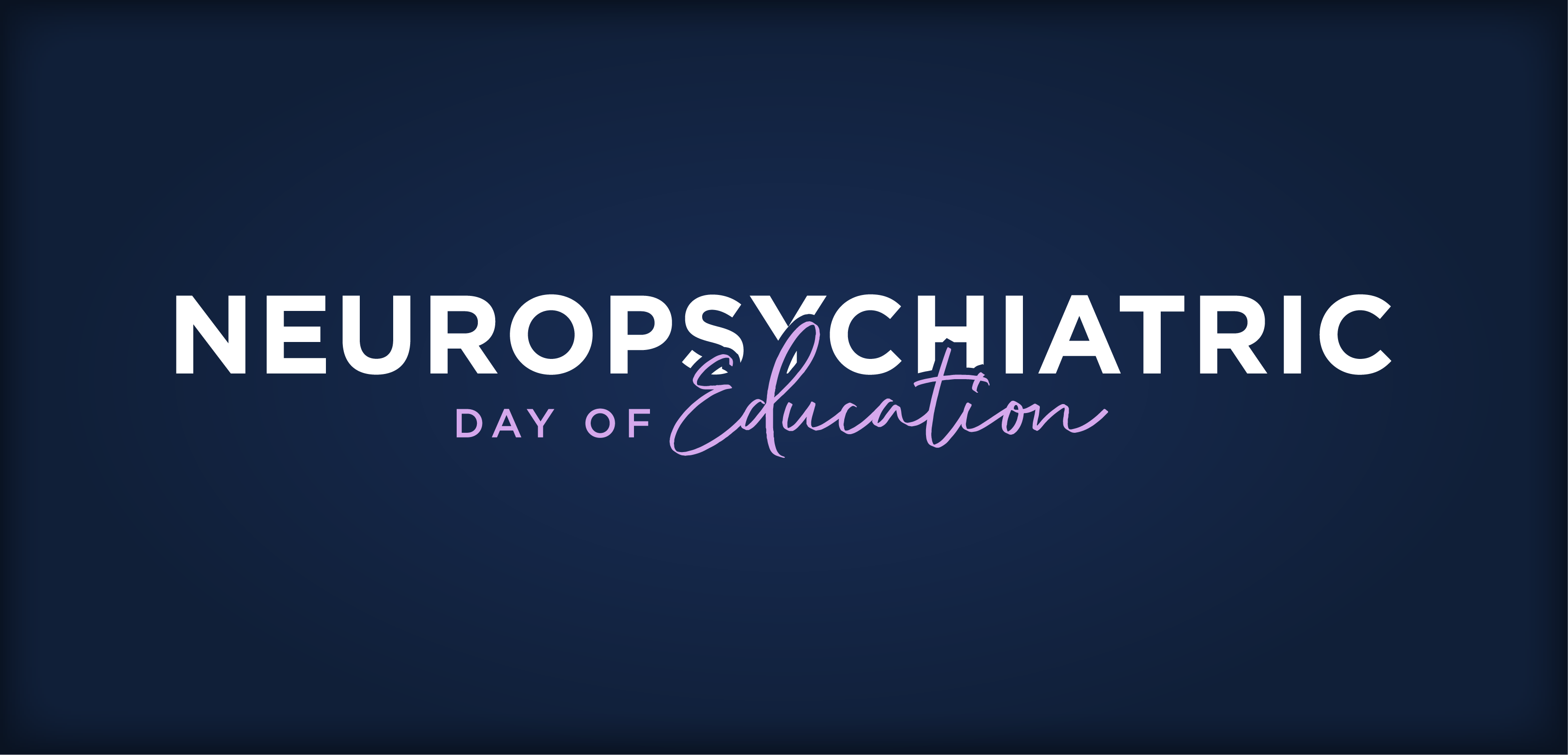
Updated Insomnia Guidelines Support Behavioral, Psychological Treatments
Pharmacologic approaches should be considered primarily in patients who are unable to participate in cognitive behavioral therapy and those who still have symptoms after this therapy.
A new clinical practice guideline from the American Academy of Sleep Medicine (AASM) supports the use of behavioral and psychological treatments for chronic insomnia disorder in adults, with a combination of cognitive therapy strategies and education about sleep regulation.
The guideline was developed by an expert task force and approved by the AASM board of directors. The strongest recommendation encourages the use of cognitive behavioral therapy for insomnia, combining 1 or more cognitive therapy strategies with education about sleep regulation and behavioral strategies such as stimulus control instructions and sleep restriction therapy. Treatment typically involves between 4 and 8 sessions.
“There have been significant advancements in behavioral and psychological treamtents for chronic insomnia, which affects millions of American adults,” said AASM President Kannan Ramar, MBBS, MD, in a prepared statement. “The AASM guideline will help optimize patient-centered care by providing actionable recommendations for clinicians and patients.”
An earlier clinical practice guideline for the treatment of chronic insomnia said pharmacologic approaches should be considered primarily in patients who are unable to participate in cognitive behavioral therapy, those who still have symptoms after this therapy, or those who require a temporary adjunct to cognitive behavioral therapy.
Insomnia involves difficulty falling asleep or staying asleep, or regularly waking up earlier than desires despite allowing enough time for sleep. Daytime symptoms can include fatigue or sleepiness, feeling dissatisfied with sleep, trouble concentrating, feeling depressed, anxious, or irritable, and having low motivation or energy. Chronic insomnia disorder, which affects about 10% of the adult population, is distinguished by a sleep disturbance with associated daytime symptoms occurring at least 3 times per week for at least 3 months.
The guideline includes several conditional recommendations which depend on the clinician’s judgment. They suggest the use of multi-component brief therapies and 3 single-component therapies: stimulus control, sleep restriction therapy, and relaxation therapy. The guideline also suggests that sleep hygiene should not be used as a single-component treatment for chronic insomnia disorder.
“Although sleep hygiene practices are often suggested and well-understood by patients, sleep hygiene recommendations do not constitute an effective stand-alone therapy,” said lead author Jack Edinger, PhD, in a statement.
REFERENCE
New guideline supports behavioral, psychological treatments for insomnia [news release]. American Academy of Sleep Medicine; December 16, 2020. Accessed December 18, 2020.
Newsletter
Stay informed on drug updates, treatment guidelines, and pharmacy practice trends—subscribe to Pharmacy Times for weekly clinical insights.




